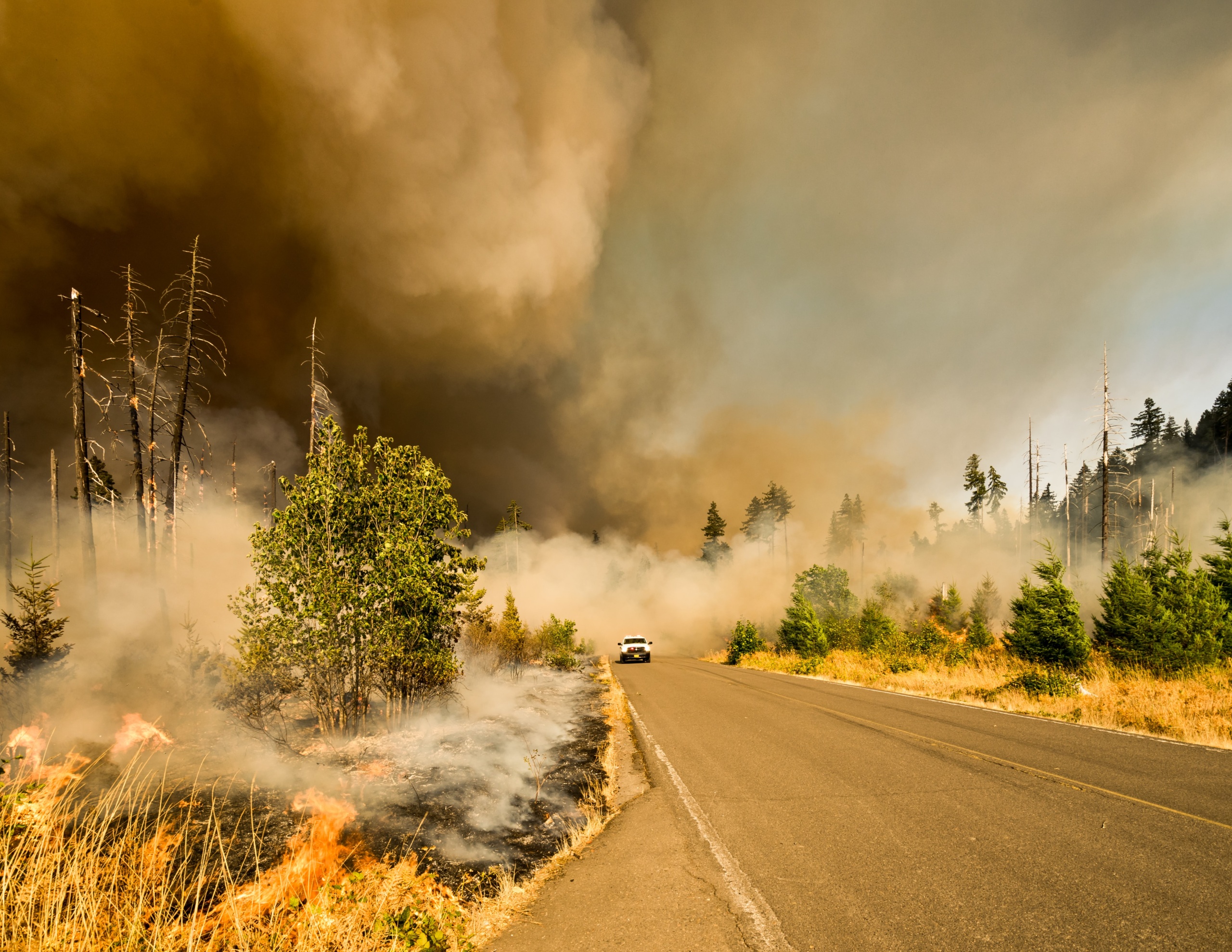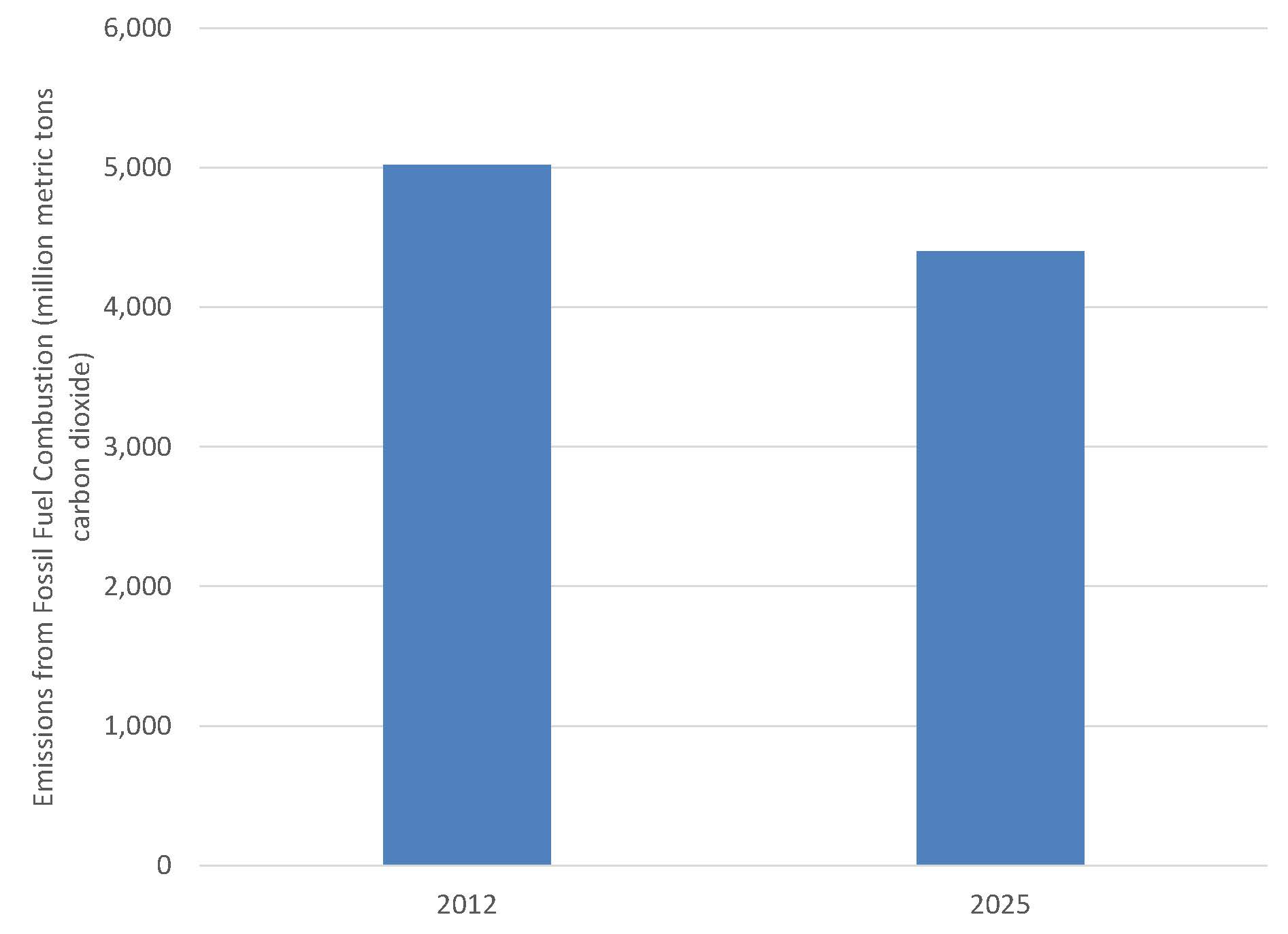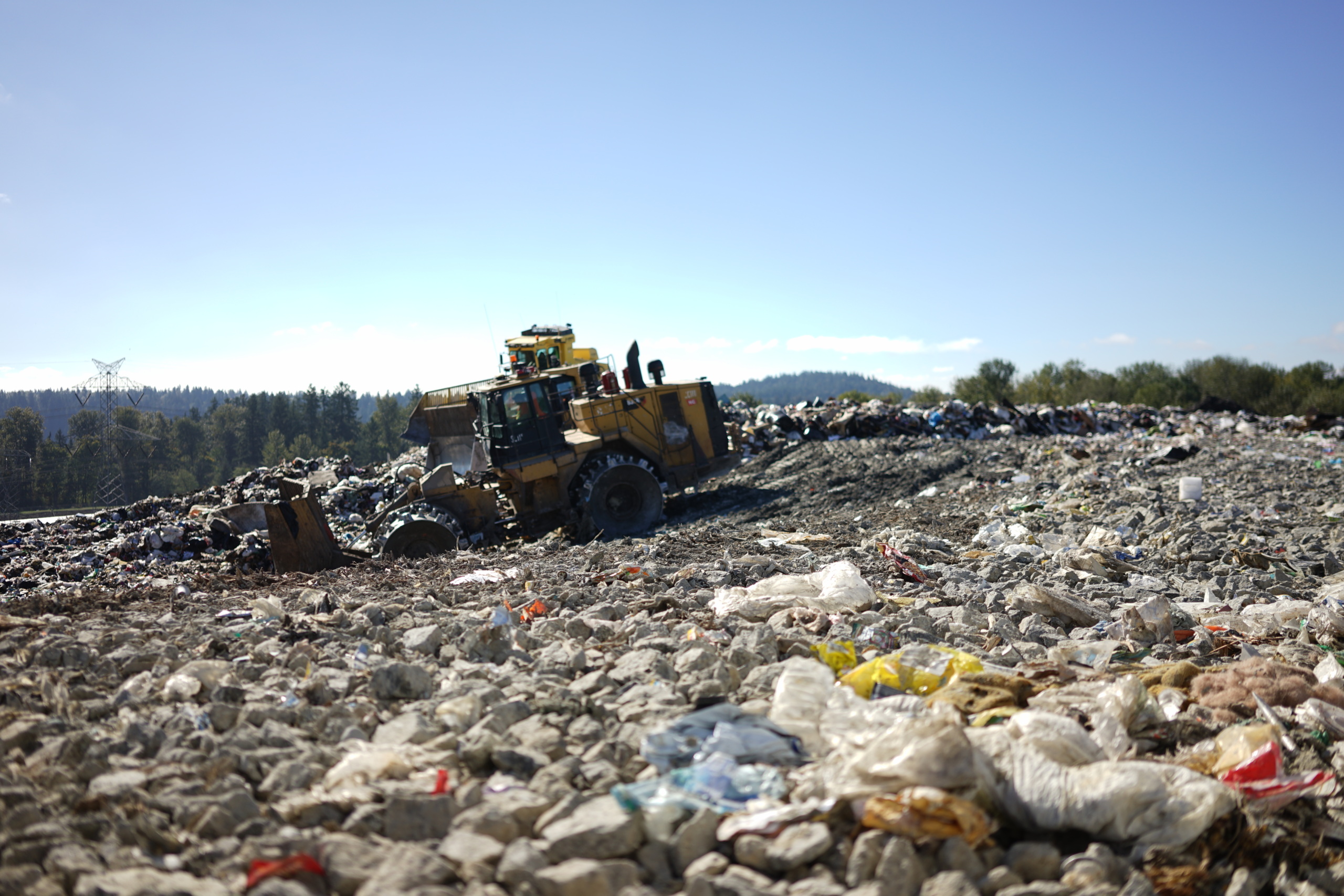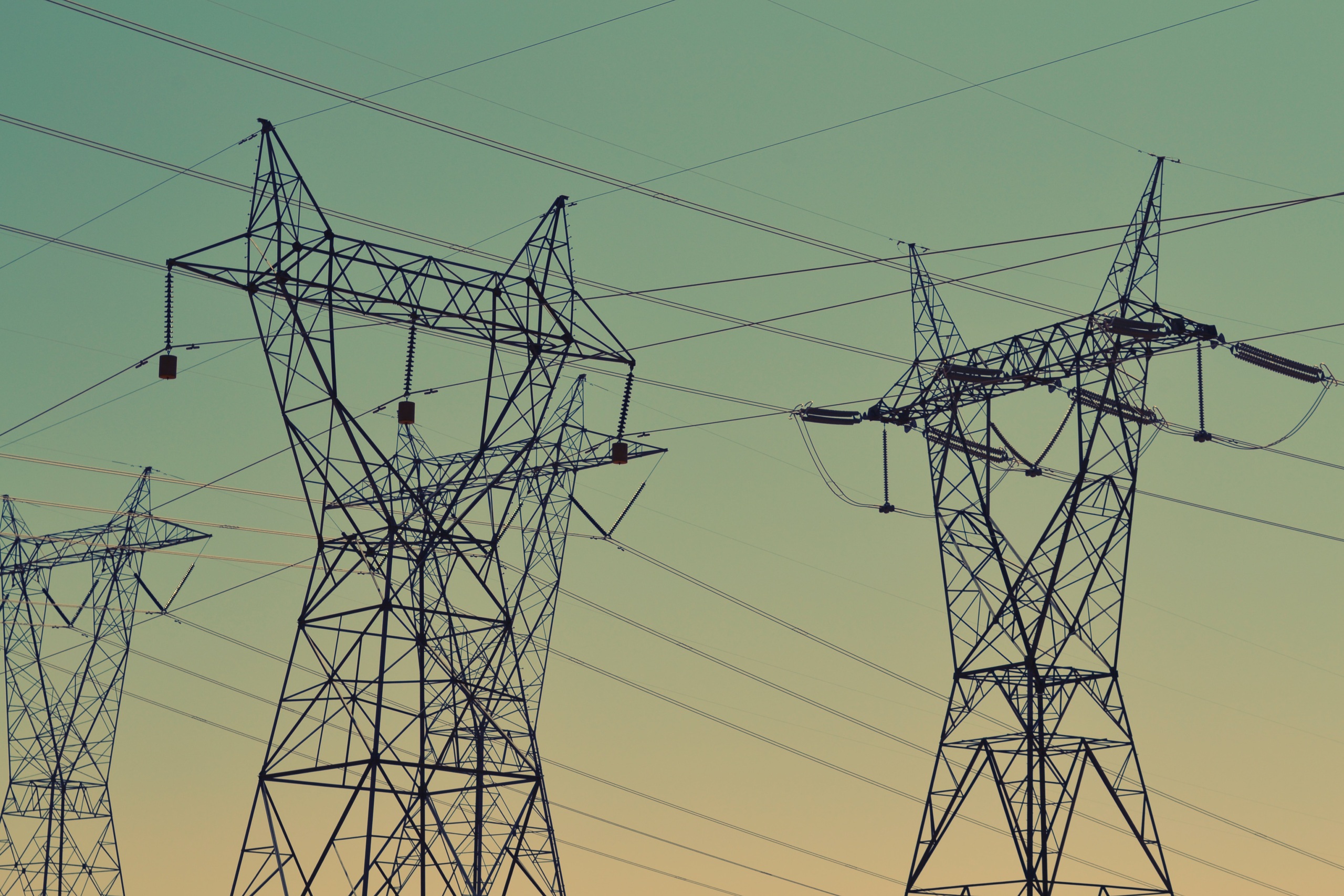
Path to the Paris Climate Conference
American Progress in Cutting Carbon Pollution Could Pave the Way for Global Action
Even without Congress, the federal executive branch and states are playing a major role in U.S. progress to address climate change. In the next decade, existing state policies and federal rules such as the Clean Power Plan will cut carbon pollution by 1.1 billion metric tons, or 27 percent from 2005 levels.
Downloads
Executive Summary
In December 2015, world leaders will convene in Paris to negotiate an international agreement to address the serious threat of global warming. As the country responsible for more climate-changing pollution in the atmosphere than any other, the United States has a moral obligation to lead the world into action.
The best way to lead is by example. And, as this report demonstrates, the United States is doing just that. By following through and fully implementing policies already enacted at the state and federal levels – including the Clean Power Plan, the first national policy to limit climate pollution from power plants – the nation can reduce carbon dioxide pollution from fossil fuel combustion (the leading cause of global warming) by 27 percent below 2005 levels by 2025. In other words, these policies can prevent as much as 1.1 billion metric tons of carbon dioxide pollution annually by 2025, more than the annual emissions of the entire nation of Germany, the world’s sixth largest polluter.
U.S. action to cut pollution is a critical step on the path to the Paris climate talks. To deliver on President Obama’s pledge to reduce emissions and secure America’s leadership, officials at all levels of government must follow through on existing policies, including the Clean Power Plan, and defend them against attack. Meeting the president’s pledge will also require the United States to do more to reduce emissions of other global warming pollutants beyond carbon dioxide.
However, meeting the pledge alone will not be enough to solve the problem. The United States should push for a strong international agreement in Paris, one capable of limiting global warming to less than 2°C (the consensus target to guide action on climate). To avoid the worst effects of global warming, we must cut emissions further, faster. The United States must deepen commitments to reduce global warming pollution and find additional ways to increase clean energy, expand energy efficiency and deploy zero-emission transportation options.
Figure ES-1. Estimated Carbon Dioxide Emissions in 2025 with Adopted and Proposed Clean Energy Policies

Topics
Find Out More


The Problems with Plastic and Recycling

Carbon dioxide removal: The right thing at the wrong time?


